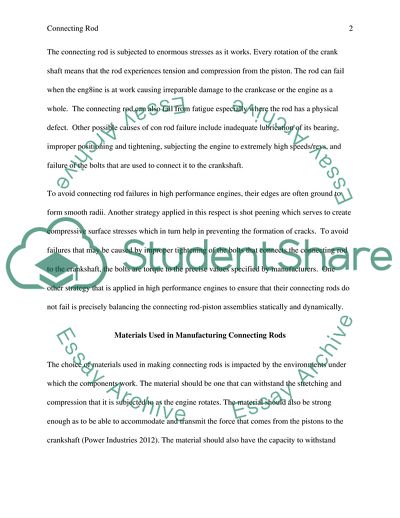Cite this document
(Connecting Rod Essay Example | Topics and Well Written Essays - 1750 words, n.d.)
Connecting Rod Essay Example | Topics and Well Written Essays - 1750 words. https://studentshare.org/engineering-and-construction/1818112-connecting-rod
Connecting Rod Essay Example | Topics and Well Written Essays - 1750 words. https://studentshare.org/engineering-and-construction/1818112-connecting-rod
(Connecting Rod Essay Example | Topics and Well Written Essays - 1750 Words)
Connecting Rod Essay Example | Topics and Well Written Essays - 1750 Words. https://studentshare.org/engineering-and-construction/1818112-connecting-rod.
Connecting Rod Essay Example | Topics and Well Written Essays - 1750 Words. https://studentshare.org/engineering-and-construction/1818112-connecting-rod.
“Connecting Rod Essay Example | Topics and Well Written Essays - 1750 Words”. https://studentshare.org/engineering-and-construction/1818112-connecting-rod.


